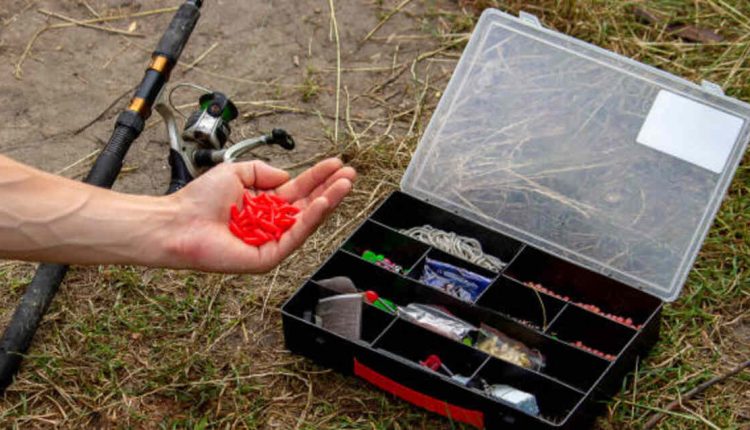The Benefits of Clear Blue Line When Fishing
The clear blue line provides several advantages when fishing for bass, crappie, or trout of any species – not only does it blend in seamlessly with the water column, but it can also prevent baits and lures from alarming wary fish.
Oceana exposes violations committed by distant-water fishing nations, leading to policy reform that safeguards ocean ecosystems and communities that depend on fisheries for livelihood.
Stealth
Stealth fishing involves using camouflaged gear and bait to reduce predatory species detection while minimizing bycatch of protected marine turtles and seabirds. Although stealth fishing can be applied to catch any species, its effectiveness lies within dense environments like murky waters where detection may be more likely. Anglers can utilize stealth by covering themselves in clothing/color, moving quickly through an area, approaching cautiously, etc.
Stealth Translucent line by SpiderWire provides one of the best tools for stealthy fishing approaches, constructed of Dyneema material with two transparent sides to blend in seamlessly with water environments while concealing any visible colors from fish below. Available from 6- to 100-pound-test test lines on 125 to 3,000-yard spools.
Add fluorescent colors to your line for even greater stealthiness; these will reflect light and draw fish to it while still fitting into their surrounding waters. This technique is especially effective at capturing trout in rivers with thick vegetation or lakes with dense aquatic life.
Stealth fishing requires the use of a specially designed rod. It should feature slow action for casting long distances with small baits to remain hidden from fish and avoid scaring them away. Furthermore, its backbone must be strong enough to support large baits.
The line feels fantastic and is treated with a fluoropolymer to protect it from reflecting light and giving away location information. Furthermore, its compassionate character allows it to detect even subtle bites. Available in several colors ranging from moss green to high visibility yellow (hi-vis yellow and camo), it offers unrivaled fishing line performance at an affordable price point – strength, durability, sensitivity, and visibility all come together here for exceptional fishing line performance!
Bait naturally
Natural bait has many advantages when fishing, such as attracting the species you’re after more effectively. Unfortunately, its use can have detrimental environmental consequences: abrasions, leakage, and waste build-up that releases harmful heavy metals, volatile organic compounds, and microplastics into the environment. Furthermore, using bait requires frequent trips to the bait store and careful preparation, so you’ll always have enough for an entire day out on the water.
To avoid these issues, use transparent fishing line. This will enable your bait to blend better into its surroundings while decreasing waste on the water.
Target fish
As fisheries become more globalized and contentious, achieving sustainable and equitable outcomes requires local and international transparency. Transparency at both levels includes public disclosure of catches, stock statuses, finances, trade activities, and vessel identification ownership and locations, as well as cooperation and open decision-making in international forums where corruption or opaque decision-making could compromise sustainable policies and fair practices.
Transparency in fishing requires gathering many different forms of information; however, its success lies in engaging all relevant actors, such as governments and their agencies, large-scale and small-scale fishermen, multilateral organizations, financial organizations, investors, organized civil society, and scientists in its implementation. Such participation ensures credible and valuable data generation while creating momentum for change and encouraging an active demand for accountability.
Integrity in fishing operations is vital to mitigating risks associated with illegal, unsustainable, and unethical fisheries, simultaneously improving local community livelihoods and encouraging responsible fishing practices. Many artisanal and industrial fishermen consider transparency an indispensable way to comply with local and international regulations and establish more secure markets.
Transparency can also be influential in combatting human rights violations at sea. It must be remembered, however, that openness only works effectively if coupled with reform of governance and enforcement at national and regional levels and democratic processes that promote access to justice.
WWF is working closely with New Zealand’s government and industry leaders to devise a model of complete transparency that can eliminate unsustainable, illegal, and unethical fishing practices. The project will develop commitment from key seafood stakeholders and demonstrate full transparency of social, environmental, and economic advantages- which could serve as a guideline for similar applications worldwide.
Researchers from Nagoya University have developed transparent mutant fish known as the medaka (Japanese for “dshi”). This mutant fish can monitor internal organ functions in living animals and teach anatomy and physiology classes. Furthermore, its transparency enables scientists to use large-scale mutational screening tools such as large-scale mutagenesis to screen for mutations that affect early embryonic development using large-scale mutational screening.


